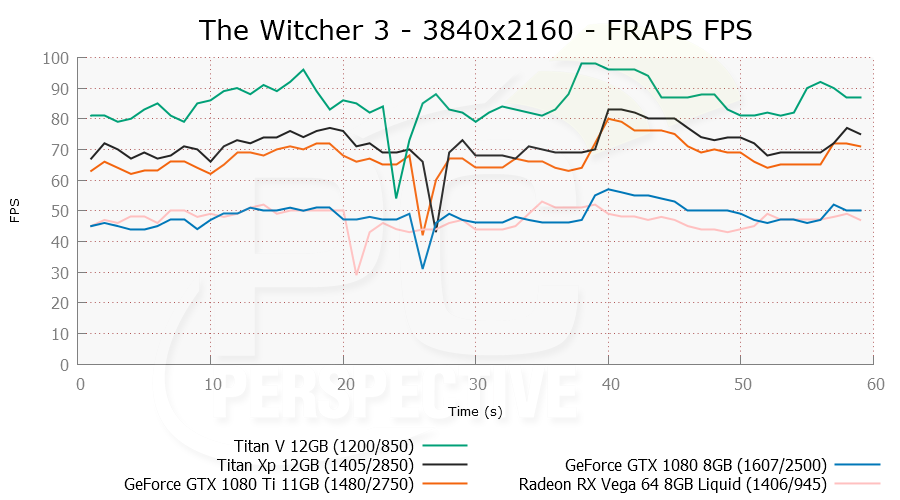most of the performance bump comes from :
1-memory bandwidth
2-crippling old generation
at this point i wonder if 1080p perf bump would be even bigger than 10%
i wouldn't be surprised to see most of 20 series reviews do exclusively 4k or even HDR, FXAA, etc...
1-memory bandwidth
2-crippling old generation
at this point i wonder if 1080p perf bump would be even bigger than 10%
i wouldn't be surprised to see most of 20 series reviews do exclusively 4k or even HDR, FXAA, etc...
![[H]ard|Forum](/styles/hardforum/xenforo/logo_dark.png)
